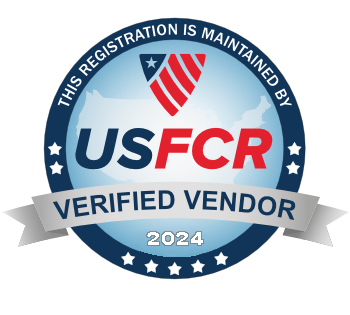CEO Blog 06.22.2020: Real Estate Post-COVID-19- Healthier Indoor Air?
Category: CEO Blog Posts
Jun
22
Real Estate In A Post-COVID-19 World: Healthier Indoor Air?As our members reopen, the issue of quality of air in commercial real estate will be at the forefront.
In 1943 a bio containment cabinet was built at Ft. Detrick, Maryland to create a safer lab environment. This federal effort led to the development of the American Biological Safety Association and the creation of Bio Safety Lab (BSL) ratings and protocols for life science labs working on the most dangerous pathogens.In 1993 at the American Institute of Architects’ headquarters in Washington, DC, representatives from over 60 firms and nonprofits founded the US Green Building Council (USGBC). Green building standards have been incorporated into municipal building codes across the US and similar standards adopted internationally.Since 2014 the International WELL Building Institute has been leading an effort to create a global rating system that can improve comfort, drive better choices and generally enhance health and wellness in buildingsBut right now, landlords, health professionals, cities and states are laser-focused on COVID-19, looking for scientifically validated ways to rid air of virus to increase tenant confidence to return to work. Ninety percent of our time is spent indoors and it appears virus transmission rates are much higher indoors than outdoors. (The tragic spread of COVID-19 in nursing homes is one example.)How do you clean indoor air if the virus is so tiny it passes through HEPA filters? How can we come up with generally agreed upon healthy building standards and technologies that will limit the spread of viruses, like COVID-19, based on past building and lab practices? What can we learn from outbreaks like Legionella?The previous emphasis on overall building energy-efficiency may need to be sacrificed, just as we may have to sacrifice some personal privacy in terms of building-wide personal thermal scanning. Introducing outdoor air into buildings more frequently increases energy loads. Social distancing of offices means less efficient use of interior spaces. [KB2] Early evidence shows increased humidity levels appear to reduce the spread of COVID-19, so will adjustments need to be made? Many local, state and national efforts are underway to improve indoor air, an effort that pre-dates COVID-19. For example, the University of Maryland Clark School of engineering , along with other labs across the country, is looking at ways to use different spectrum UV lights to clean indoor air and surfaces. HVAC systems are being re-engineered and public health schools are working with private industry. But not enough research is being funded and not enough standards are being coordinated.The bio industry working with PhRMA has shown unprecedented collaboration in developing new therapies and progress on vaccines. We need a similar effort with equal urgency on indoor virus reduction, working with the US Department of Energy’s ARPA-E, EPA, NIH, CDC, Public Health Service and university, foundation and private sector resources, including the American Society of Heating, Refrigerating and Air-Conditioning Engineers (ASHRAE)The $3 trillion HEROES Act introduced in the U.S. House of Representatives is a vehicle to help bring focus to this issue. As the U.S. Senate considers its response, we need financial incentives to upgrade HVAC equipment, filtering systems, and employ new technologies. We need funding for research and new standards for residential, commercial, sports and the airlines industry. Restoring confidence of tenants, passengers and spectators will be the mission in the upcoming months, and years. Coming up with new building technologies and standards will make this much easier. Hopefully, these collective efforts will reduce health risks. Meanwhile, when we come back to work – and at least some of us will return to offices – what old school amenity might be the most sought after? An office with windows that open (and maybe an adjacent Peloton bike?).Brian Darmody is CEO of the Association of University Research Parks (AURP), a global nonprofit representing research parks and innovation districts in 42 states and 13 countries sponsored by universities, hospital systems, federal labs and municipalities. AURP is headquartered at U of Arizona Tech Park and has a Washington DC area office at UMD Discovery District in College Park, Maryland. www.aurp.net
Share this post:



















